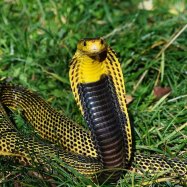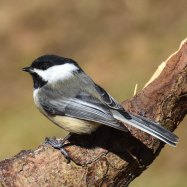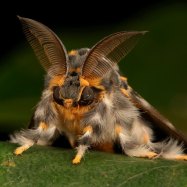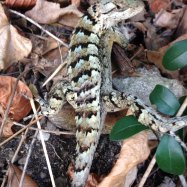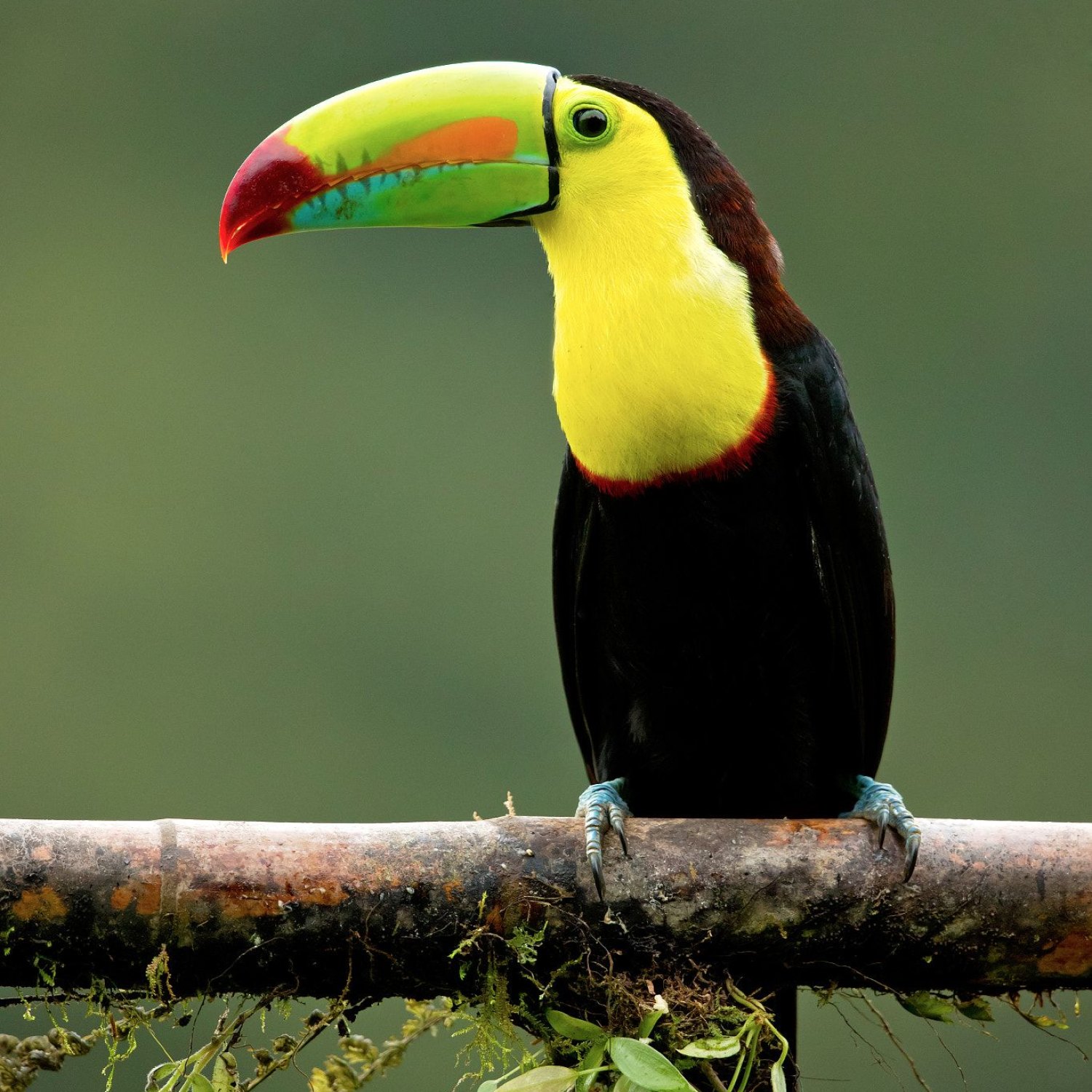
Keel Billed Toucan
Around 17 to 22 inches
The Keel Billed Toucan, found in tropical forests, is a stunning bird with a stocky body and a large, colorful bill. These birds, belonging to the Ramphastidae family, can grow to lengths of 17 to 22 inches. Their unique appearance and playful nature make them a popular sight for bird watchers. #KeelBilledToucan #TropicalBirds #ColorfulBirds
Animal Details Summary:
Common Name: Keel Billed Toucan
Kingdom: Animalia
Habitat: Rainforests
A Colorful Bird of the Rainforest: The Keel Billed Toucan
The rainforest is home to thousands of unique and fascinating creatures, and one of the most captivating and colorful of them all is the Keel Billed Toucan. With its striking appearance and distinctive features, this bird is a favorite among nature enthusiasts and birdwatchers alike. But aside from its vibrant appearance, what makes the Keel Billed Toucan such a fascinating creature? Let's dive into the world of this beautiful bird and discover what makes it so special.Scientific Classification and Distribution
Scientifically known as Ramphastos sulfuratus, the Keel Billed Toucan belongs to the animal kingdom, phylum Chordata, class Aves, order Piciformes, and family Ramphastidae Keel Billed Toucan. This means that it is closely related to other species of toucans, such as the Toco Toucan and the Chestnut Eared Aracari.The Keel Billed Toucan is native to the rainforests of Central and South America, with a range that spans from Mexico to Venezuela. It is most commonly found in countries like Belize, Guatemala, Costa Rica, and Panama, but can also be seen in other parts of Central and South America where there is a dense tropical forest.
Habitat and Behavior
As mentioned earlier, the Keel Billed Toucan can be found in tropical rainforests, where it can thrive in the warm and humid environment. These birds are highly social creatures and can be seen in groups of up to six individuals, though they are known to form larger flocks during the non-breeding season.They are also very active and have been observed to be constantly hopping, climbing, and flying within their territories. They are also known for their playful nature, often tossing and catching fruits or chasing each other around branches.
Feeding Habits
The Keel Billed Toucan is a frugivorous, which means that it primarily feeds on fruits. Fruits make up about 50% of their diet, with the rest consisting of insects, eggs, and small birds Kermode Bear. Their long and colorful beak allows them to reach fruits on high branches that other birds may not be able to access.Interestingly, the vibrant colors of their beak are not just for show. The beak is made of a protein that is stronger than bone, allowing them to crack hard nuts and fruits with ease. It also serves as a camouflage, blending in with the colorful fruits in the rainforest.
Appearance and Features
The Keel Billed Toucan is easily recognizable with its stocky body, black feathers, and large colorful bill. The bill is about 4-7 inches long and is a combination of black, yellow, green, blue, and red, making it one of the most colorful bird species in the world. Interestingly, the markings on the bill are unique to each individual bird, similar to a fingerprint.Apart from its bill, the Keel Billed Toucan also has bright red and green feathers on its throat and chest, and a yellow-orange patch on its hind neck. Its black and white wings also have a striking pattern, which can be seen when it spreads its wings for flight.
Size and Physical Characteristics
The Keel Billed Toucan is a medium-sized bird, measuring around 17 to 22 inches in length and weighing about 12-18 ounces. It has a stocky body, with a relatively short tail and strong legs that are adapted for climbing branches.Despite its relatively small size, the Keel Billed Toucan has a loud and distinctive call that can be heard throughout the rainforest. It also has a unique way of communicating with other toucans, where they will toss and catch fruit in their bills, making a loud smacking sound that can be heard from a distance.
Breeding and Reproduction
The breeding season for Keel Billed Toucans typically starts in March and ends in June, but this can vary depending on their location. During this time, males and females will perform courtship rituals, which involve tossing and catching fruits, bowing to each other, and vocalizing.Once a pair has formed, they will build a nest in a hollow tree, usually an abandoned woodpecker’s nest. The female will lay 2-4 eggs, which they will both incubate for about 16-18 days. After the eggs hatch, both parents will take turns feeding and caring for the chicks until they are ready to fledge, which takes about 40 days.
Conservation Status
The Keel Billed Toucan is classified as a species of least concern by the International Union for Conservation of Nature (IUCN). While they face threats such as habitat loss and illegal pet trade, their wide range and adaptability make them less vulnerable compared to other species.However, with the increasing destruction of their natural habitat, it is essential to promote conservation efforts to ensure the preservation of this beautiful bird for future generations to appreciate.
In Conclusion
The Keel Billed Toucan is truly a remarkable creature, with its striking appearance and unique features. As one of the most iconic and recognizable birds in the rainforest, it serves as a reminder of the diversity and beauty of nature.From its vibrant and colorful beak to its playful and social behavior, the Keel Billed Toucan is a bird that continues to captivate and fascinate people all over the world. Next time you find yourself in a tropical forest, keep an eye out for this charming and beautiful bird, and marvel at its wonder and elegance.

Keel Billed Toucan
Animal Details Keel Billed Toucan - Scientific Name: Ramphastos sulfuratus
- Category: Animals K
- Scientific Name: Ramphastos sulfuratus
- Common Name: Keel Billed Toucan
- Kingdom: Animalia
- Phylum: Chordata
- Class: Aves
- Order: Piciformes
- Family: Ramphastidae
- Habitat: Rainforests
- Feeding Method: Frugivorous
- Geographical Distribution: Central and South America
- Country of Origin: Mexico to Venezuela
- Location: Tropical forests
- Animal Coloration: Black, yellow, green, blue, and red
- Body Shape: Stocky body with a large colorful bill
- Length: Around 17 to 22 inches
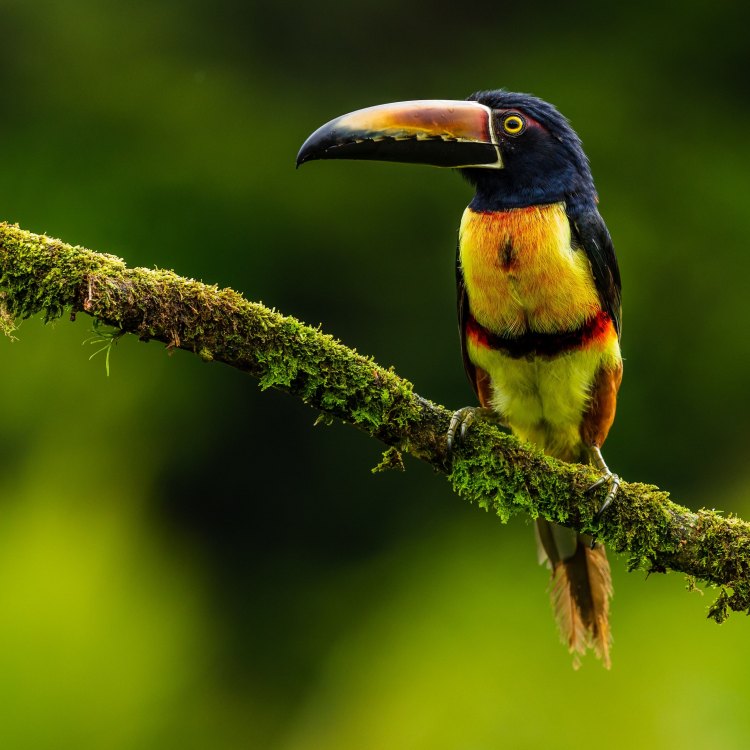
Keel Billed Toucan
- Adult Size: Medium-sized
- Average Lifespan: Up to 20 years
- Reproduction: Sexual reproduction
- Reproductive Behavior: Monogamous
- Sound or Call: Keel Billed Toucans have a croaking call
- Migration Pattern: Non-migratory
- Social Groups: Form small family groups
- Behavior: Highly social and active during the day
- Threats: Habitat loss and illegal pet trade
- Conservation Status: Least Concern
- Impact on Ecosystem: Seed dispersers
- Human Use: Tourism and ecotourism
- Distinctive Features: Large colorful bill
- Interesting Facts: They have the ability to toss food into the air and catch it in their large bill.
- Predator: Snakes and larger birds of prey

Ramphastos sulfuratus
The Majestic Keel Billed Toucan: A Colorful Legend of the Rainforest
In the lush rainforests of Central and South America, resides a bird that is truly a sight to behold. With its striking and colorful appearance, the Keel Billed Toucan (Ramphastos sulfuratus) has captured the hearts and imaginations of birdwatchers and nature enthusiasts all over the world.From its distinctive features to its unique behaviors, the Keel Billed Toucan is a one-of-a-kind species that deserves to be celebrated and protected. In this article, we will delve deeper into the life of this magnificent bird, exploring its size, lifespan, reproduction, behavior, threats, conservation status, impact on the ecosystem, human use, and interesting facts PeaceOfAnimals.Com.
Size and Lifespan
The Keel Billed Toucan is classified as a medium-sized bird, measuring between 55-65 cm (21-26 inches) in length. They weigh around 350-400g (12-14 oz), making them relatively lightweight for their size. However, what makes them truly stand out is their large and colorful bill, which can grow up to 20 cm (8 inches) in length.In terms of lifespan, these birds are surprisingly long-lived. On average, they can live up to 20 years in the wild. This can be attributed to their relatively safe and protected habitats, as well as their highly social behavior which we will explore later in this article.
Reproduction and Behavior
The Keel Billed Toucan engages in sexual reproduction, and they are monogamous birds. This means that they form a pair bond with their mate, and they usually stay together for life. During the breeding season, which typically occurs between February and June, the female toucan lays two to four white eggs in a tree cavity King Quail.Interestingly, the nests are usually reused by other birds after the toucans have finished breeding, making them valuable resources in the rainforest ecosystem. The male and female toucans take turns incubating the eggs for approximately 16 days, after which the chicks are hatched.
Once the chicks hatch, both parents are actively involved in raising them. They bring food, such as insects and fruits, to the nest and regurgitate it to feed their young. This protective and nurturing behavior is characteristic of the Keel Billed Toucan and is essential for the survival of their species.
Social Behavior
Keel Billed Toucans are highly social birds, and they form small family groups of up to six individuals. These groups usually consist of a breeding pair and their offspring from previous years. They are highly active during the day, foraging for food, socializing, and communicating with each other through a variety of vocalizations.One of the most distinctive vocalizations of the Keel Billed Toucan is their loud, croaking call, which can be heard echoing through the rainforest. This is how they communicate with each other and establish their territories. Despite their large and colorful bill, their actual vocal abilities are limited, and they rely on this loud call to communicate.
Threats and Conservation Status
Unfortunately, like many other species in the rainforest, the Keel Billed Toucan is facing numerous threats to its survival. Habitat loss due to deforestation is one of the biggest threats these birds face. The destruction of their natural habitat not only limits their food sources but also reduces the number of suitable nesting sites.Another major threat to this species is the illegal pet trade. Despite being protected under CITES (Convention on International Trade in Endangered Species), these birds are still sold as exotic pets in many countries. This not only disrupts their reproductive behavior but also leads to a decrease in their overall population.
Despite these threats, the Keel Billed Toucan is currently listed as "Least Concern" on the IUCN Red List. However, continued efforts are needed to ensure their protection and preservation for future generations to appreciate and enjoy.
Impact on the Ecosystem
One of the most fascinating aspects of the Keel Billed Toucan is its role in the rainforest ecosystem as a seed disperser. As they feed on fruits, they swallow them whole and then regurgitate or defecate the seeds in different locations. This helps to disperse the seeds and promote the growth of new plants.Furthermore, their presence in the rainforest also helps to maintain the balance of insect populations. These birds are known to feed on a variety of insects, including grasshoppers, ants, termites, and beetles, which helps to prevent the overpopulation of these insects.
Human Use and Interesting Facts
The Keel Billed Toucan has been an iconic bird in human culture for centuries, with images of this bird appearing on various objects and products, including postage stamps, currency, and souvenirs. These birds are also a popular attraction for tourists, drawing in birdwatchers and nature enthusiasts from all over the world.Furthermore, the ecotourism industry has also been beneficial for the conservation of these birds. As more people seek out eco-friendly and sustainable ways to experience nature, the Keel Billed Toucan and its habitat have become popular destinations for travelers.
Also, a fascinating fact about the Keel Billed Toucan is its ability to toss and catch food in the air using its large and colorful bill. This impressive skill is not only useful for obtaining food but also helps them to show off to potential mates during the breeding season.
Predators
Like all animals, the Keel Billed Toucan has its share of predators in the rainforest. The most common predators of these birds include snakes and larger birds of prey, such as hawks, falcons, and owls. These predators pose a threat to both the adult birds and their offspring, and they must use their agility and loud calls to avoid being caught.The Keel Billed Toucan: A Legend of the Rainforest
In conclusion, the Keel Billed Toucan is a magnificent and captivating bird that plays a crucial role in the rainforest ecosystem. Its distinctive features, interesting behaviors, and important role in seed dispersal make it a valuable species to protect and preserve.As we continue to face the threats of habitat loss and illegal pet trade, efforts must be made to ensure the sustainability of their habitats and their populations. From tourism to ecotourism, human use of this species has played a role in its conservation, and we must continue to appreciate and admire these birds from a responsible and respectful distance.
The Keel Billed Toucan is not just a colorful bird, but a legend of the rainforest, and it is our responsibility to protect and celebrate its existence. So, the next time you hear its loud croaking call echoing through the trees, take a moment to appreciate the beauty and wonder of this majestic species.
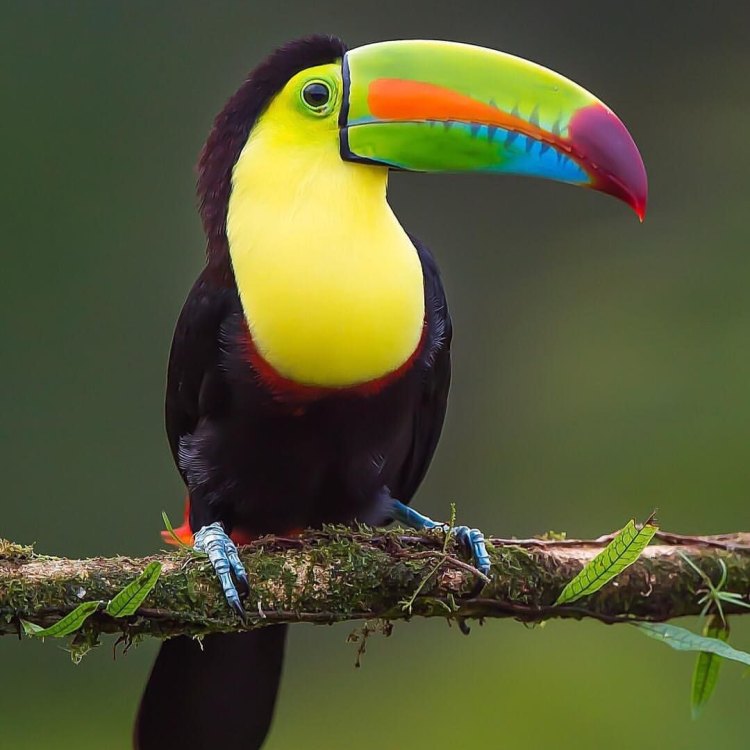
A Colorful Bird of the Rainforest: The Keel Billed Toucan
Disclaimer: The content provided is for informational purposes only. We cannot guarantee the accuracy of the information on this page 100%. All information provided here may change without prior notice.



